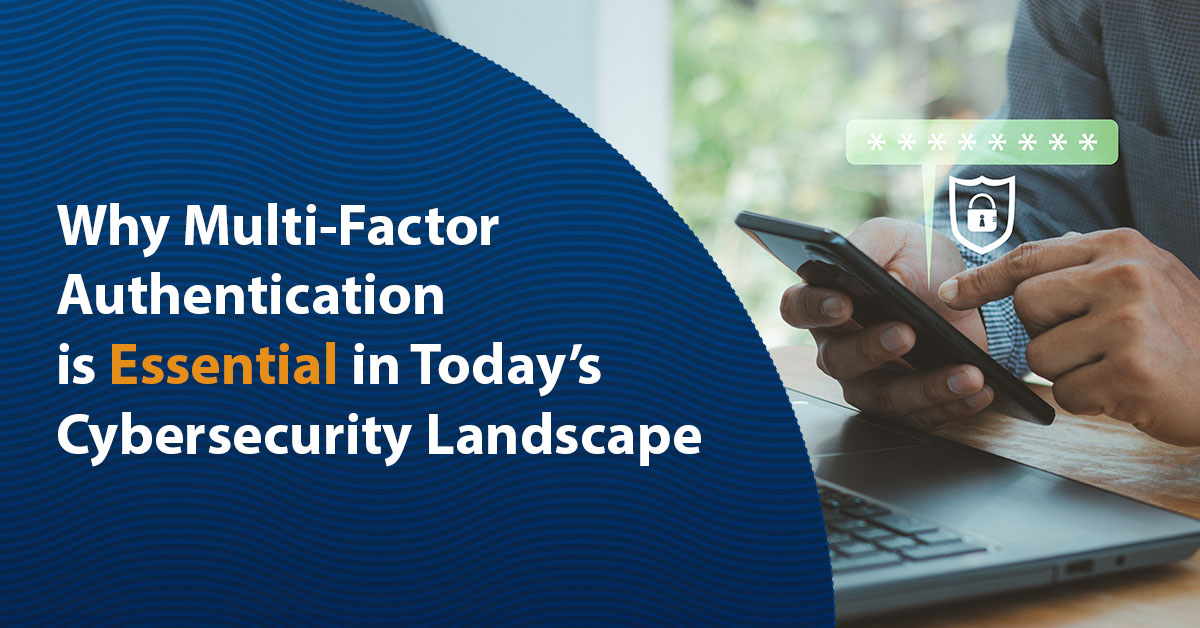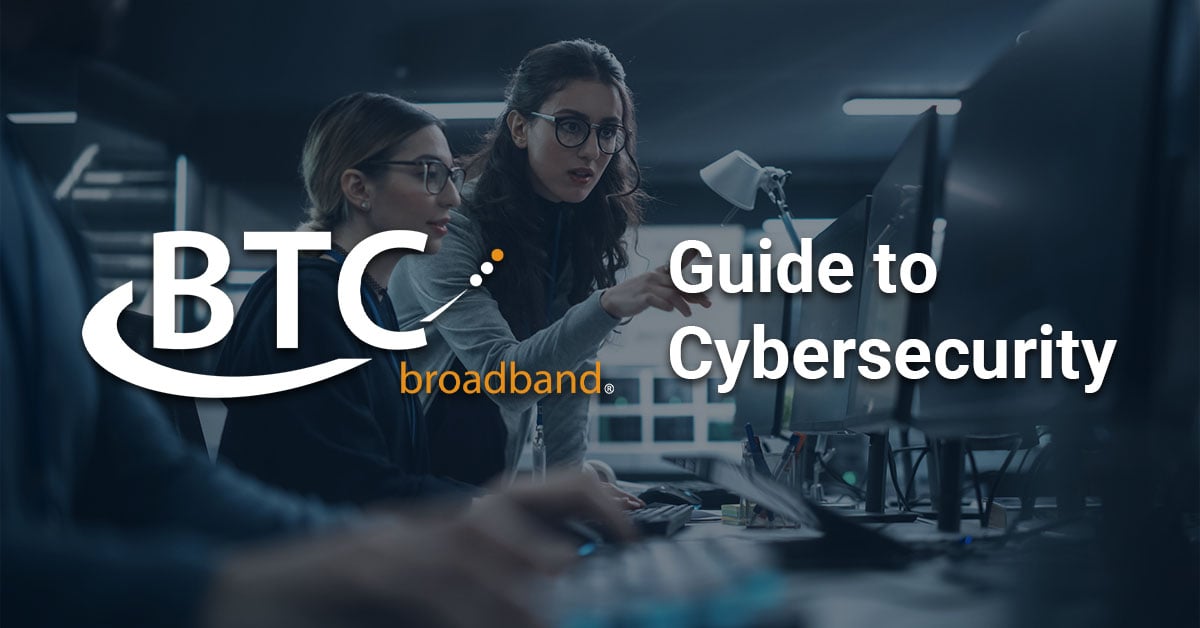Best Security Practices for Email

Email security is essential because we use it every single day. It is primarily used for work, but we use it to operate digital spaces in our personal lives too! Taking security measures for email is vital because our emails can contain sensitive information allowing hackers to access card information, bank account numbers and even steal your identity.
Protect yourself and your company with security awareness training and staying vigilant with the best practices.
Use A Strong Password
It seems simple, right? It is important to continue changing your password often. Your strong password should also contain capital letters, lowercase letters, numbers, and special characters. To ensure a strong password, do not use birthdays, names, or phone numbers.
Evaluate The Email
If you are not expecting an email, evaluate the sender's email address and the contents of the email. It is easy to overlook because the name displayed can appear correct. Emails with contents or email addresses that are spelled weird or wonky are not legitimate.
Do Not Click
Links are a common way to gain access to your computer and personal information. Ensure you evaluate the email as mentioned above, and whatever you do, do not click on the links provided until you ensure it's legitimate.
Secure Your Information
Do not send any secure information over email. If you must send information, do so by certified mail or over the phone to ensure the validity of the person or company requesting information. Never send your social security number over email or the phone.
Evaluate Email Attachments
Make sure you evaluate the attachment before opening or downloading it. Read the attachment titles and look for errors, symbols, or anything out of the ordinary. If you are not expecting it, do not open it.
Phishing Emails
Phishing emails could include links directing you to unsafe websites, or the attachment could execute malicious software. Phishing attacks account for more than 80% of email threats and data breaches. If you follow the security best practices above, you will recognize a phishing attack and have email protection.

Two Factor Authentication
Two-factor authentication allows you or your corporation to have two separate forms of identification to access something. It is usually warranted after you sign in with a password, and the second is a text message. For example, have you ever verified an account by logging in and then receiving a code via text message before you could fully access the account? That is two-factor authentication, and it has proved remarkably successful.
Hackers and phishers are becoming more intelligent. The emails and information they send can easily trap us. It's important to be on guard with updated security strategies, so you do not compromise your data or your company's.









